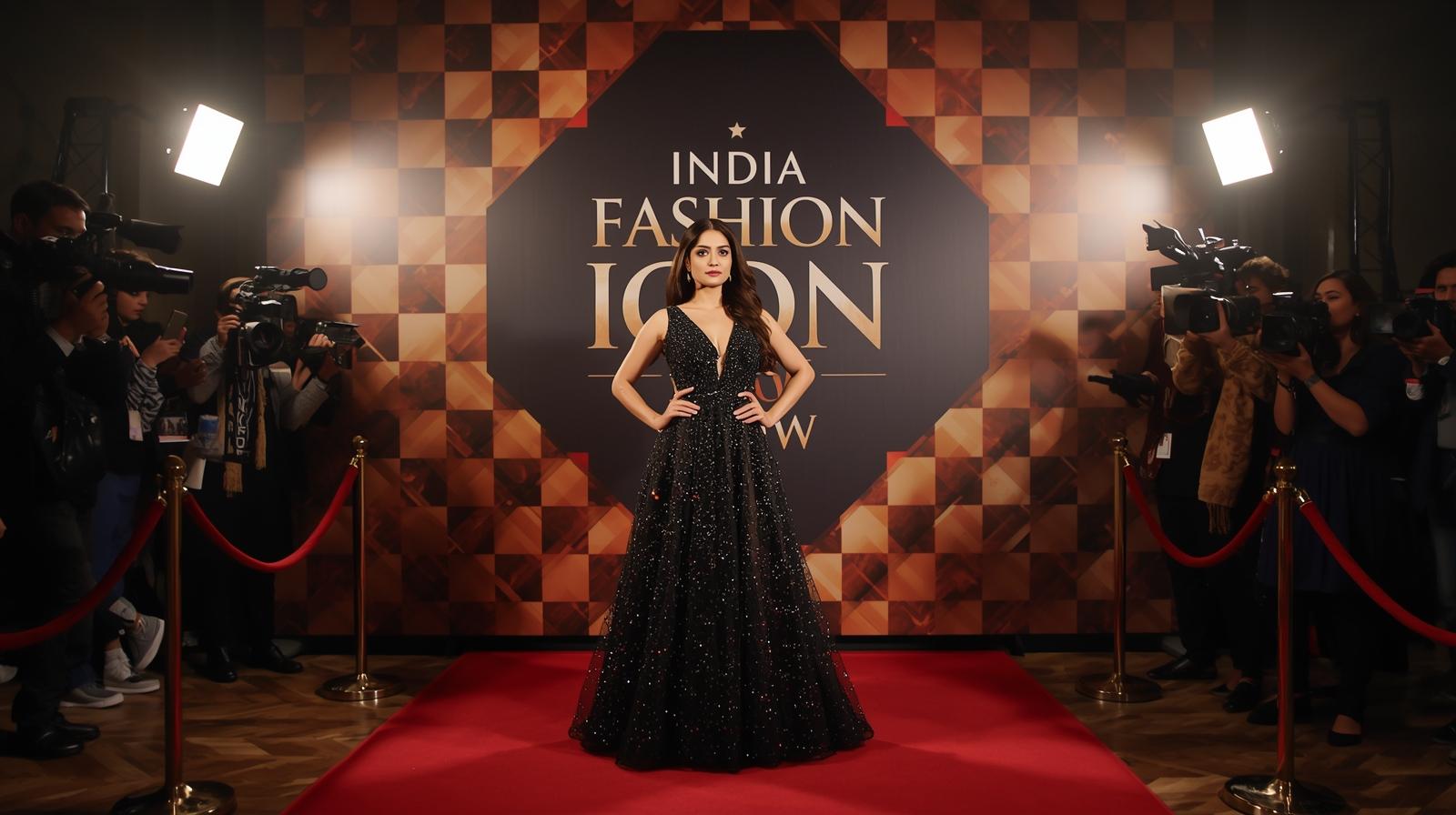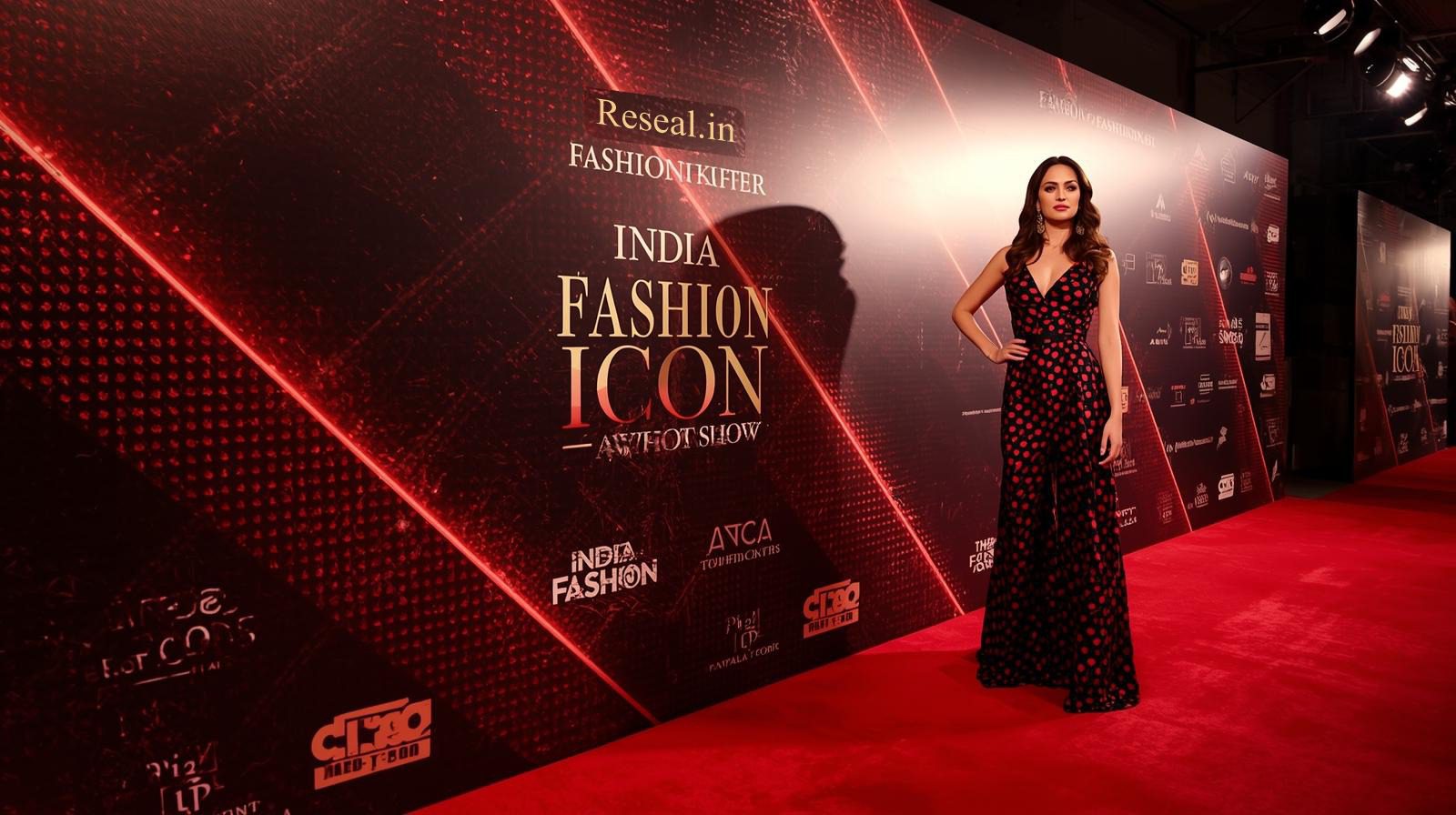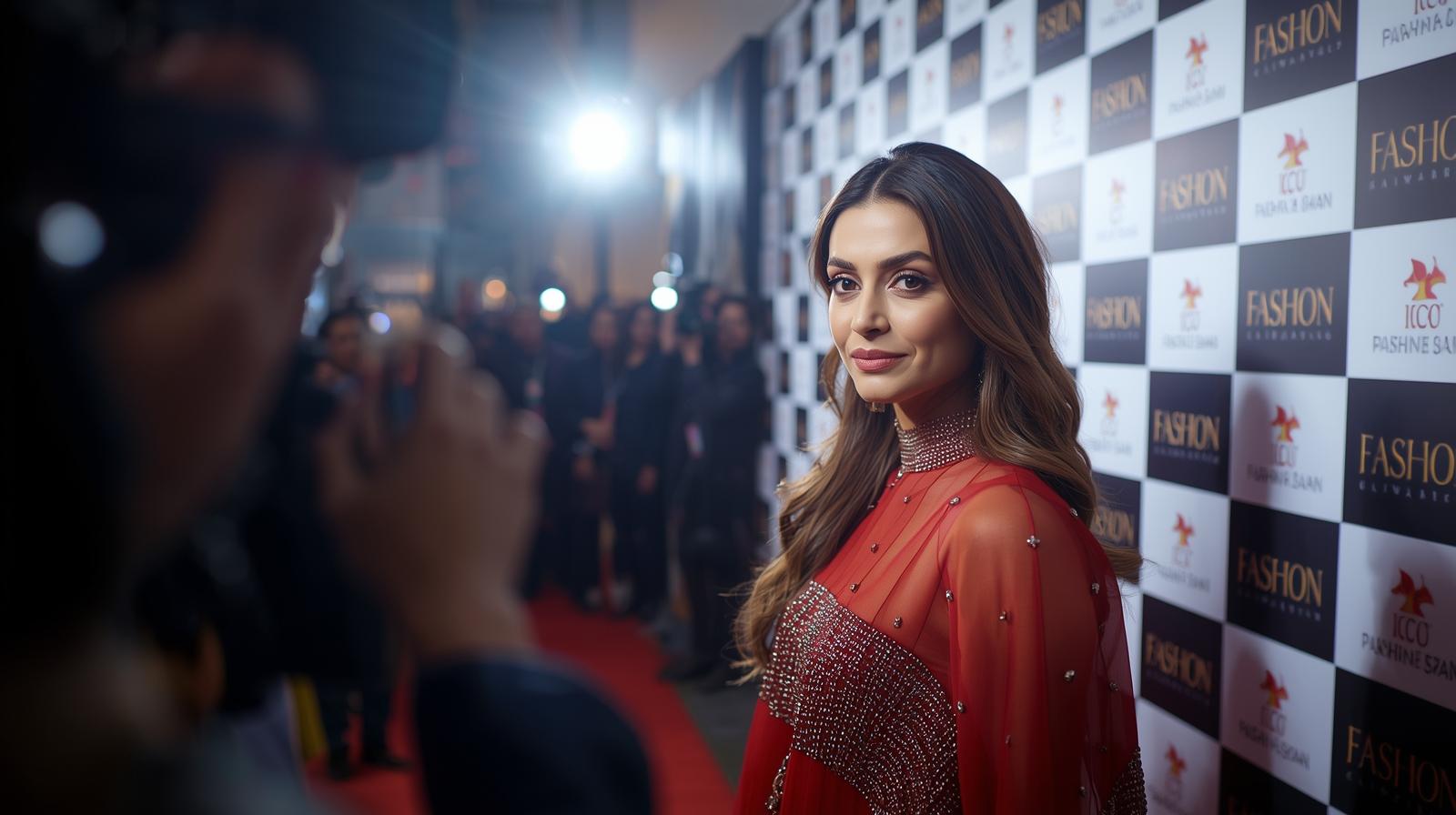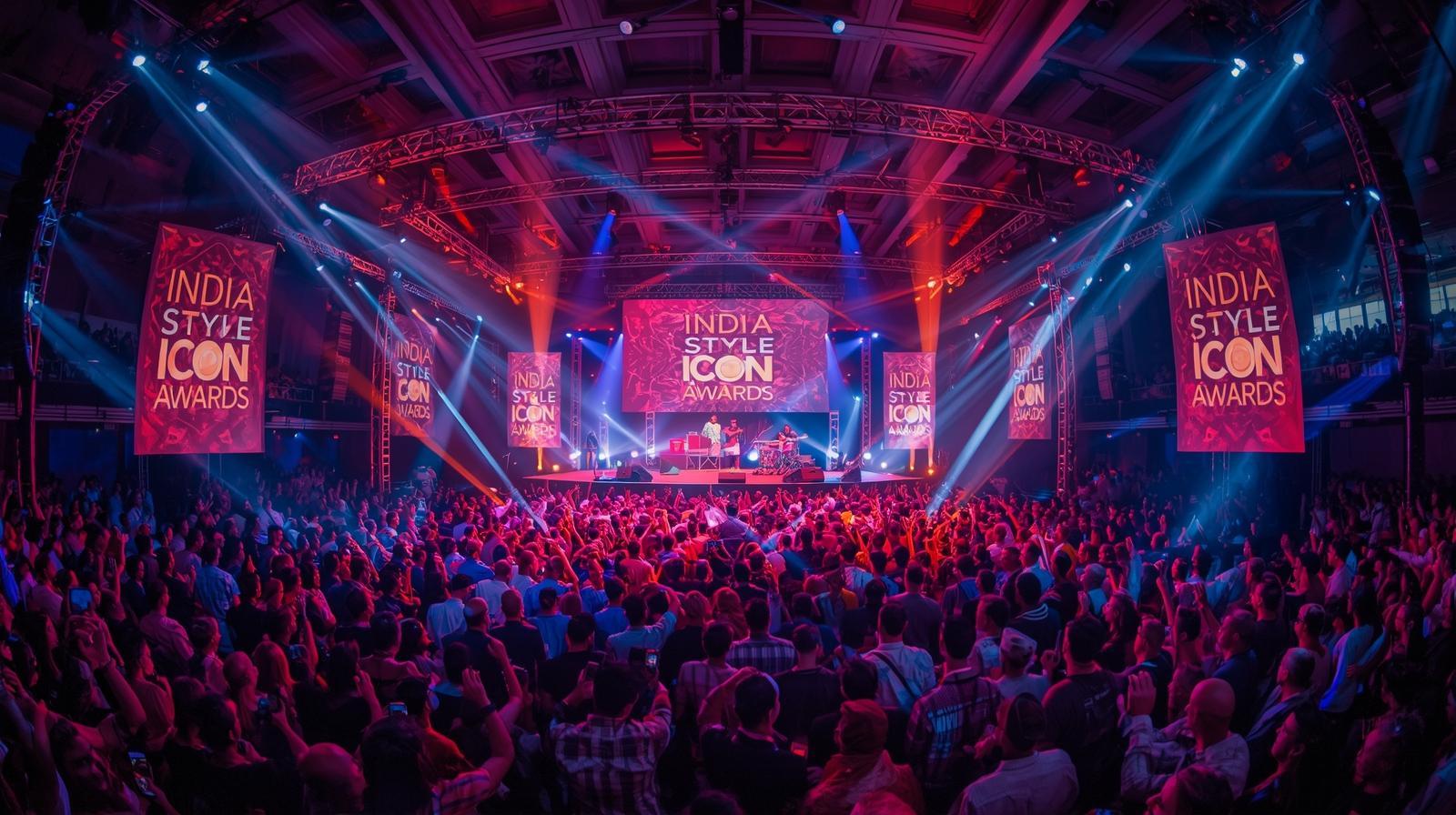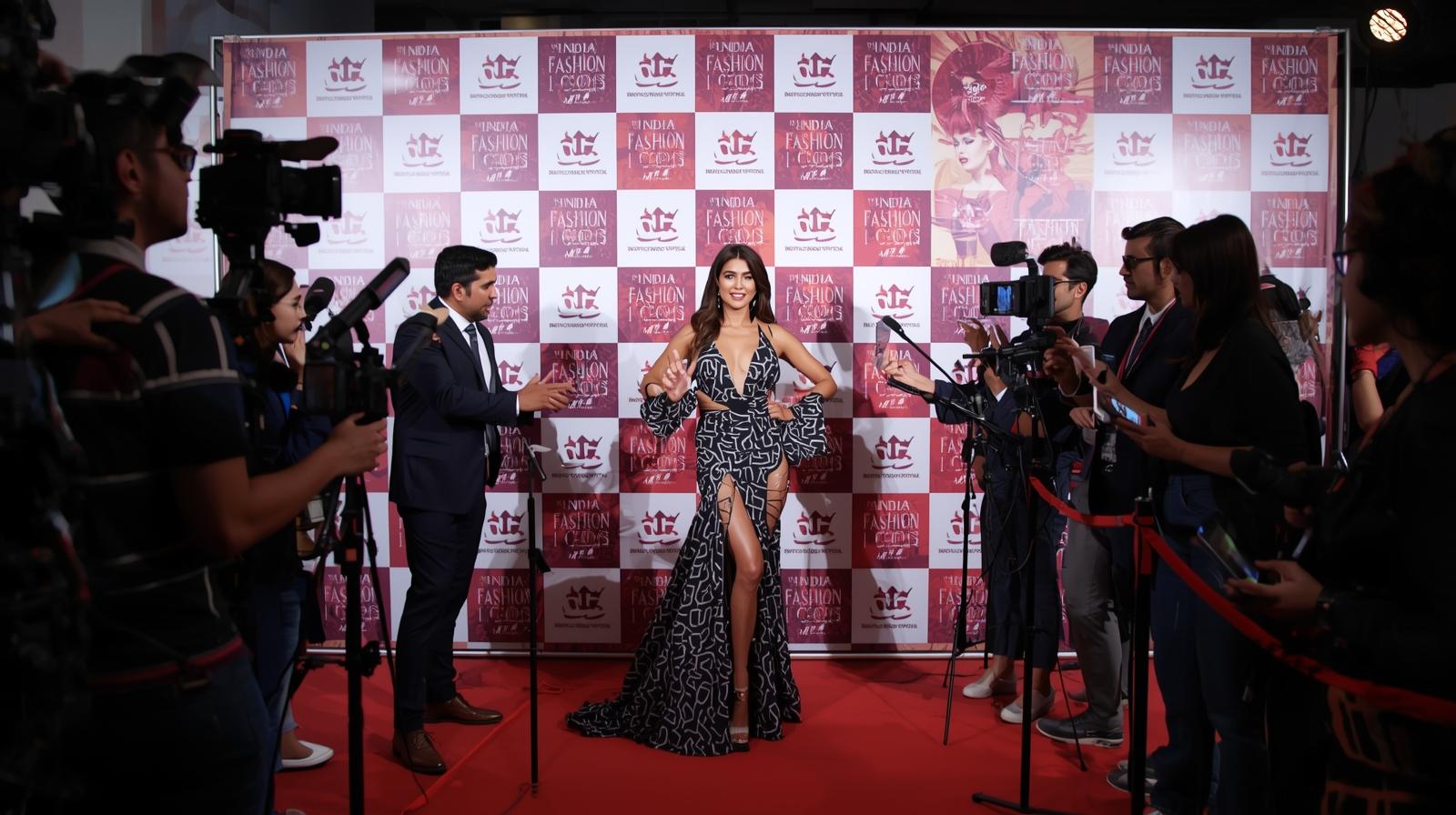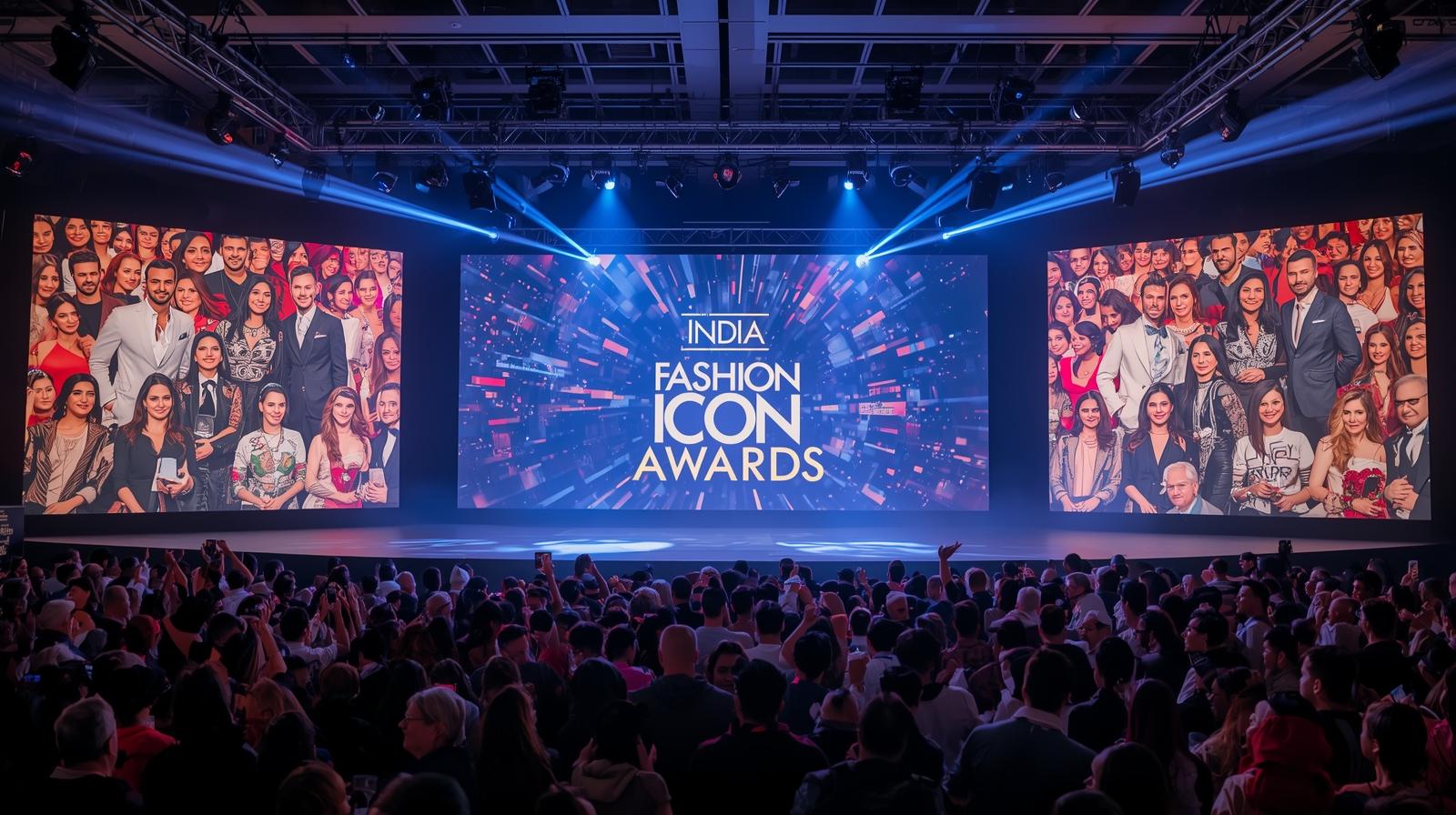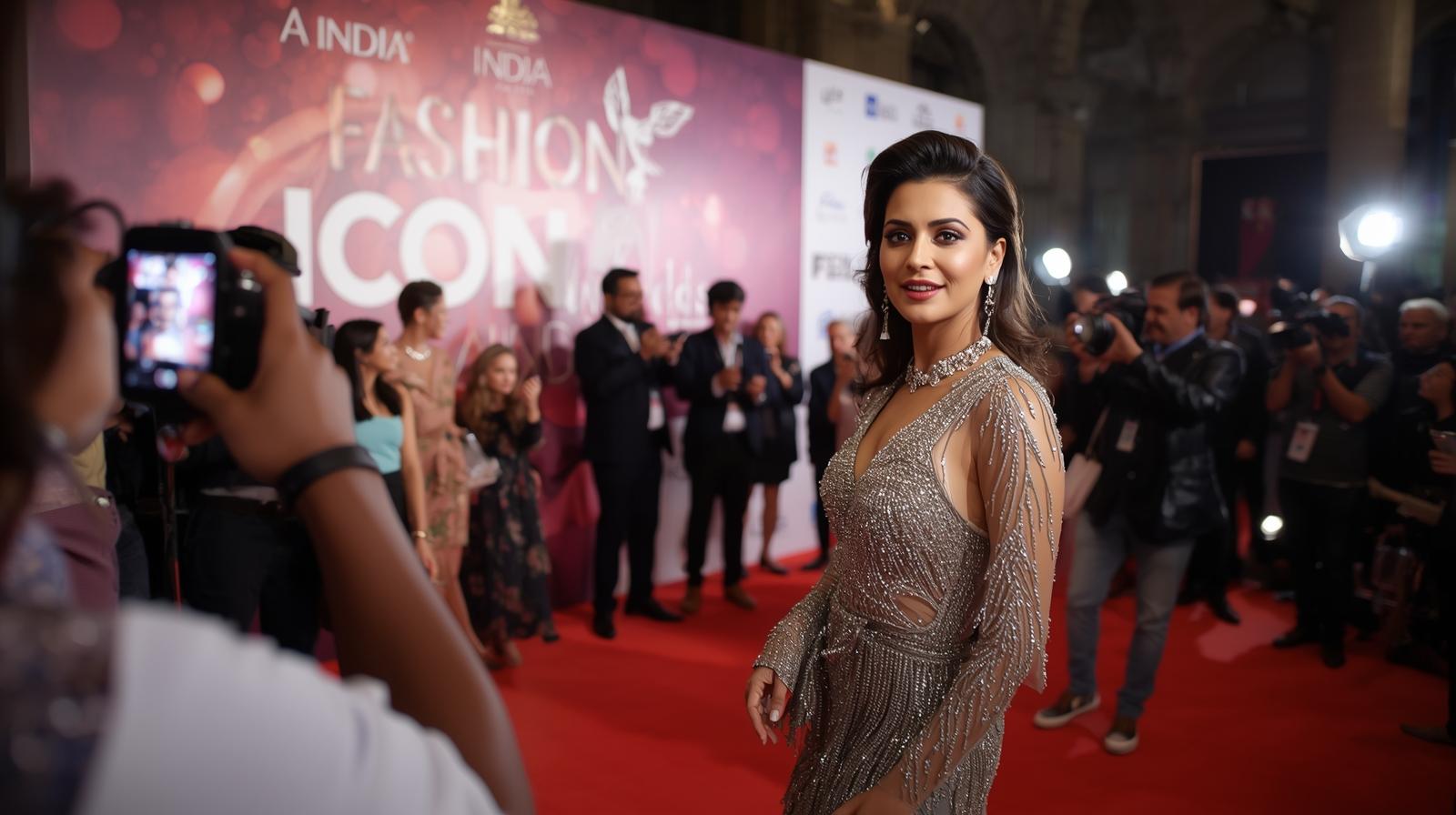In a major endorsement for India’s growing fashion and luxury sector, Imran Amed, founder and CEO of The Business of Fashion (BoF), has declared that India is the breakout market to watch. Speaking to Fortune India, Amed highlighted how India’s fast-growing economy, digital evolution, and young consumer base are transforming it into a powerful player in the global style ecosystem.
According to BoF’s State of Fashion 2025 report, 67 percent of global fashion executives identified India as one of the most promising emerging markets. Thus country now ranks second only to the United States in growth potential, surpassing China for the first time in the report’s history.
India’s Strong Growth Momentum
Luxury retail in India is projected to grow at a compound annual rate of 15 to 20 percent, far exceeding most Western markets. Firstly surge is powered by aspirational urban consumers and new digital shoppers from Tier 2 and Tier 3 cities, where online retail and influencer-driven content are creating unprecedented awareness of global fashion trends.
A New Kind of Consumer Emerges
Beyond economic indicators, Amed pointed out a cultural shift in how Indian consumers perceive fashion. Secondly modern Indian buyer, he explained, is “globally aware yet locally proud.” They seek products that blend international sophistication with Indian heritage—a mix that global brands must learn to navigate.
Luxury in India is also moving away from overtly logo-driven displays toward quality, craftsmanship, and experience. Consumers are placing more value on personal expression, sustainability, and exclusivity. “It’s not just about status anymore,” Amed added. “It’s about individuality and storytelling.”
Opportunities for Brands and Designers
The BoF report predicts that global luxury and fashion houses will continue to scale operations in India. Labels such as Louis Vuitton, Gucci, and Dior have already expanded their retail presence. Meanwhile Indian designers like Rahul Mishra, Gaurav Gupta, and Sabyasachi are gaining strong global recognition.
Finally the convergence—global luxury entering India and Indian design going global—signals a unique moment for the fashion industry. For emerging homegrown D2C labels, Amed said, there is immense potential to build strong digital-first brandsDespite the optimism.
Atlas Amed acknowledged that challenges remain. Import duties on luxury goods, complex retail regulations, and fragmented distribution networks continue to pose hurdles for international players.
For more style updates & exclusive fashion stories follow indiafashionicon.com

 info@indiafashionicon.com
info@indiafashionicon.com
